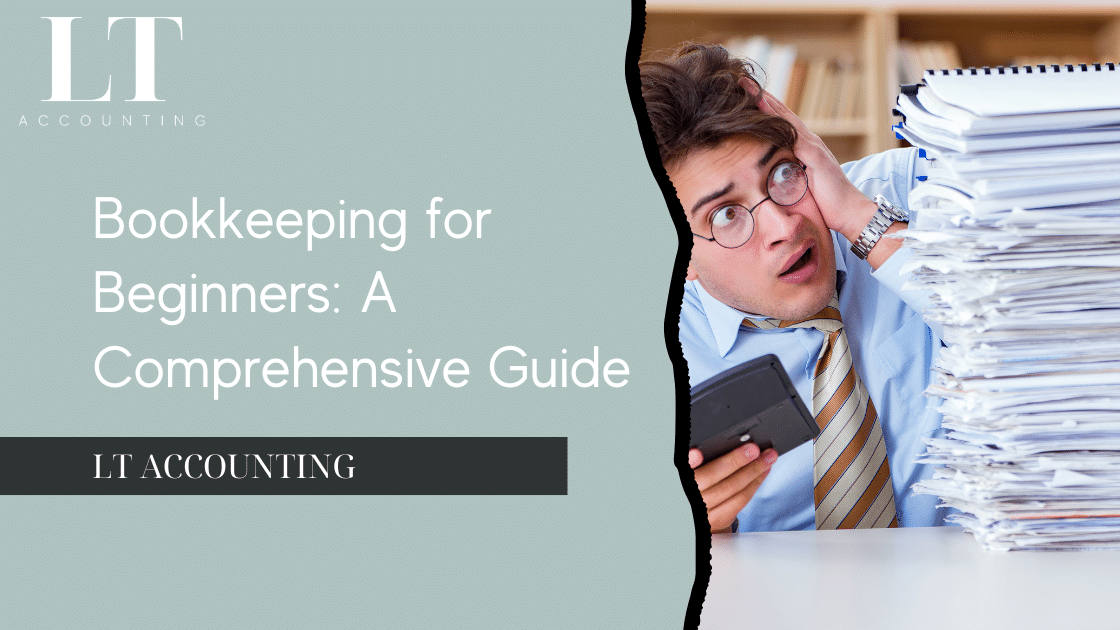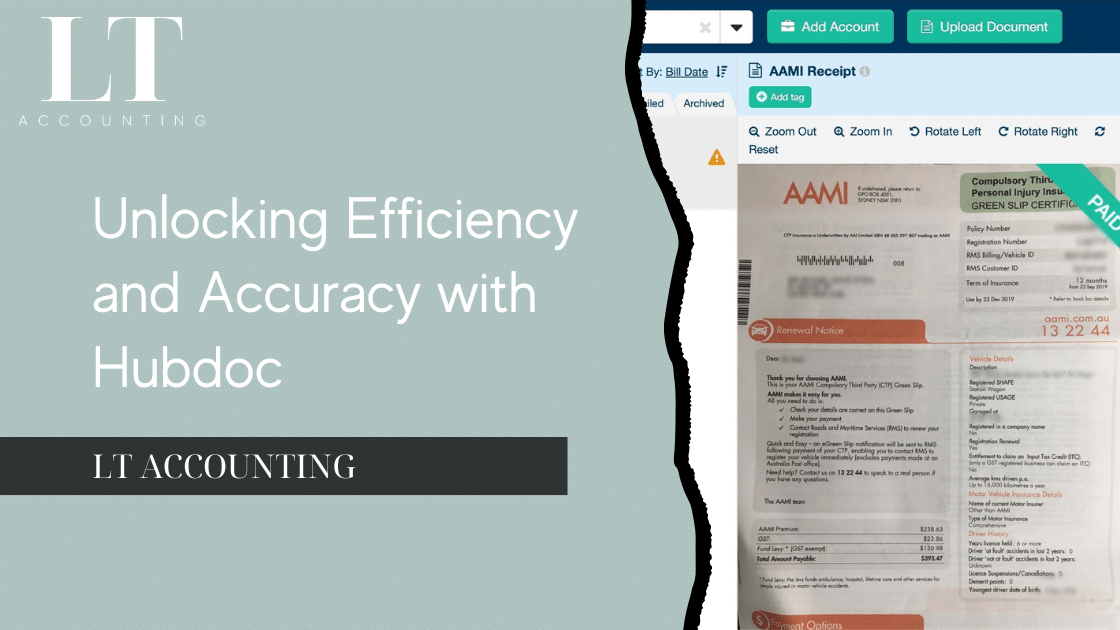Bookkeeping is a fundamental aspect of managing any business, regardless of its size or industry. It involves the systematic recording, organising, and managing of financial transactions. For beginners, bookkeeping might seem overwhelming, but with a clear understanding of its principles and practices, anyone can grasp the essentials. This guide aims to provide a comprehensive introduction to bookkeeping, explaining its key elements, methods, and best practices.
What is Bookkeeping?
Bookkeeping is the process of recording all financial transactions made by a business. These transactions include sales, purchases, income, and payments. The primary goal of bookkeeping is to keep an accurate and comprehensive record of all financial activities, which is crucial for managing a business’s finances, preparing financial statements, and ensuring compliance with legal requirements.
The Importance of Bookkeeping
Financial Management
Bookkeeping provides a clear picture of a business’s financial health. It helps track income and expenses, manage cash flow, and make informed financial decisions.
Legal Compliance
Accurate bookkeeping ensures that all financial records comply with legal and regulatory requirements. This is essential for tax purposes and to avoid potential legal issues.
Informed Decision-Making
With up-to-date financial records, business owners can make informed decisions regarding budgeting, investments, and other financial matters.
Financial Reporting
Bookkeeping provides the data needed to prepare financial statements, such as profit and loss statements, balance sheets, and cash flow statements. These statements are essential for assessing a business’s performance and for reporting to stakeholders.
Investor Relations
Investors and stakeholders require accurate financial information to assess the performance and potential of a business. Good bookkeeping practices ensure that this information is readily available.
Basic Bookkeeping Terms
To get started with bookkeeping, it’s important to understand some basic terms:
Assets
Assets are resources owned by a business that have economic value. Examples include cash, inventory, equipment, and real estate.
Liabilities
Liabilities are obligations that a business owes to others. Examples include loans, accounts payable, and mortgages.
Equity
Equity represents the owner’s interest in the business. It is calculated as Assets minus Liabilities.
Revenue
Revenue is the income generated from normal business operations, such as sales of goods or services.
Expenses
Expenses are the costs incurred in the process of earning revenue. Examples include rent, utilities, salaries, and supplies.
Accounts Receivable
Accounts receivable represent money owed to the business by customers who have purchased goods or services on credit.
Accounts Payable
Accounts payable represent money the business owes to suppliers and creditors for goods or services purchased on credit.
The Double-Entry System
Most modern bookkeeping is based on the double-entry system, which ensures accuracy and provides a complete picture of a business’s financial health. In a double-entry system, every financial transaction affects at least two accounts. This system is based on the accounting equation:
Assets = Liabilities + Equity
How Double-Entry Works
For each transaction, one account is debited and another is credited. The total debits must always equal the total credits. This ensures that the accounting equation remains balanced.
Example:
If a business purchases £500 worth of office supplies on credit, the transaction would be recorded as follows:
- Debit Office Supplies (an asset account) £500
- Credit Accounts Payable (a liability account) £500
The Chart of Accounts
A chart of accounts is a list of all accounts used by a business. It provides a framework for organising financial transactions and is essential for maintaining accurate records. The chart of accounts typically includes the following categories:
Asset Accounts
Examples: Cash, Accounts Receivable, Inventory, Equipment
Liability Accounts
Examples: Accounts Payable, Loans Payable, Accrued Expenses
Equity Accounts
Examples: Owner’s Capital, Retained Earnings, Dividends
Revenue Accounts
Examples: Sales, Service Revenue, Interest Income
Expense Accounts
Examples: Rent Expense, Utilities Expense, Salaries Expense, Supplies Expense
Recording Transactions
Recording transactions is the core of bookkeeping. Each transaction is recorded in a journal, also known as the book of original entry. The journal entries are then posted to the general ledger, which contains all the accounts listed in the chart of accounts.
Journal Entries
A journal entry includes the following information:
- Date of the transaction
- Accounts affected
- Amounts debited and credited
- A brief description of the transaction
Example:
On July 1, a business receives £1,000 from a customer for services rendered. The journal entry would be:
- Date: July 1
- Debit Cash £1,000
- Credit Service Revenue £1,000
- Description: Received payment for services rendered
Posting to the General Ledger
After recording journal entries, they are posted to the general ledger. The general ledger is a central repository of all financial transactions and provides a detailed record of all accounts.
Bank Reconciliation
Bank reconciliation is the process of comparing the business’s financial records with bank statements to ensure accuracy. This process helps identify discrepancies, such as errors or fraudulent transactions, and ensures that the business’s cash records are accurate.
Steps for Bank Reconciliation
- Compare Balances: Compare the ending balance on the bank statement with the balance in the business’s cash account.
- Identify Differences: Identify any differences between the two balances, such as outstanding cheques or deposits in transit.
- Adjust Records: Make necessary adjustments to the business’s financial records to account for any discrepancies.
- Reconcile: Ensure that the adjusted balances match and that all discrepancies have been resolved.
Financial Statements
Financial statements provide a summary of a business’s financial performance and position. The main financial statements are:
Income Statement
The income statement, also known as the profit and loss statement, shows the business’s revenues and expenses over a specific period. It provides insights into the business’s profitability.
Example:
Income Statement for July
- Revenue: £5,000
- Expenses: £3,000
- Net Income: £2,000
Balance Sheet
The balance sheet provides a snapshot of the business’s financial position at a specific point in time. It lists the business’s assets, liabilities, and equity.
Example:
Balance Sheet as of July 31
- Assets: £10,000
- Liabilities: £4,000
- Equity: £6,000
Cash Flow Statement
The cash flow statement shows the business’s cash inflows and outflows over a specific period. It provides insights into the business’s liquidity and cash management.
Example:
Cash Flow Statement for July
- Cash Inflows: £7,000
- Cash Outflows: £5,000
- Net Cash Flow: £2,000
Bookkeeping Methods
Single-Entry Bookkeeping
Single-entry bookkeeping is a simple method suitable for small businesses with minimal transactions. It involves recording each transaction only once, either as income or expense.
Example:
A business receives £1,000 from a customer. In single-entry bookkeeping, this transaction would be recorded as:
- Date: July 1
- Cash: £1,000
- Description: Received payment for services rendered
Double-Entry Bookkeeping
Double-entry bookkeeping is a more sophisticated method that records each transaction in at least two accounts. It ensures accuracy and provides a complete picture of a business’s financial health.
Example:
A business purchases £500 worth of office supplies on credit. In double-entry bookkeeping, this transaction would be recorded as:
- Date: July 1
- Debit Office Supplies £500
- Credit Accounts Payable £500
- Description: Purchased office supplies on credit
Bookkeeping Software
Bookkeeping software can streamline the bookkeeping process, improve accuracy, and provide valuable insights into a business’s financial performance. Here are some popular bookkeeping software options:
Xero
Xero is a cloud-based software ideal for small to medium-sized businesses. It offers features such as invoicing, bank reconciliation, and financial reporting.
QuickBooks
QuickBooks is user-friendly software with a range of features for different business needs. It offers invoicing, expense tracking, and payroll management.
Sage
Sage is comprehensive software with advanced features for larger businesses. It offers accounting, payroll, and payment solutions.
Best Practices in Bookkeeping
Keep Business and Personal Finances Separate
Maintain separate bank accounts and records for business and personal finances to avoid confusion and ensure accurate bookkeeping.
Regularly Reconcile Accounts
Regularly reconcile bank accounts, credit card statements, and other financial records to ensure accuracy and identify discrepancies.
Maintain Accurate Records
Keep detailed and accurate records of all financial transactions, including receipts, invoices, and bank statements.
Stay Organised
Organise financial documents and records systematically to ensure easy access and efficient management.
Use Technology
Leverage bookkeeping software and tools to automate tasks, improve accuracy, and gain insights into financial performance.
Seek Professional Help
Consider hiring a professional bookkeeper or accountant to ensure compliance, accuracy, and efficiency in bookkeeping.
Common Bookkeeping Mistakes to Avoid
Not Keeping Receipts
Failure to keep receipts can lead to inaccurate records and potential issues during audits.
Mixing Personal and Business Expenses
Mixing personal and business expenses can complicate bookkeeping and lead to inaccurate financial records.
Ignoring Reconciliation
Ignoring bank reconciliation can result in undetected errors and discrepancies in financial records.
Failing to Track Small Expenses
Small expenses can add up over time. Failing to track them can lead to inaccurate financial records and budgeting issues.
Not Backing Up Data
Failure to back up financial data can result in data loss and significant issues in case of system failures or cyberattacks.
Conclusion
Bookkeeping is an essential aspect of managing any business. It provides the foundation for financial management, legal compliance, informed decision-making, and financial reporting. By understanding the basics of bookkeeping, implementing best practices, and leveraging technology, businesses can maintain accurate financial records and achieve long-term success. Whether you’re a small business owner, a freelancer, or an established corporation, mastering bookkeeping is crucial for financial health and growth.
With this comprehensive guide, you now have a solid foundation to start your bookkeeping journey. Remember, consistency and accuracy are key. Stay organised, keep learning, and don’t hesitate to seek professional help when needed. Happy bookkeeping!






